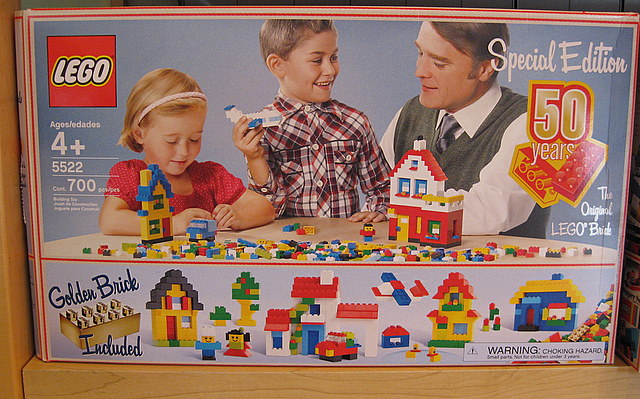Johann Hari sums it up at Huffpo:
Which country was just named by the US Joint Chiefs of Staff as the most likely after Pakistan to suffer a "rapid and sudden collapse"?
Most of us would guess Iraq. The answer is Mexico. The death toll in Tijuana today is higher than in Baghdad. The story of how this came to happen is the story of this war -- and why it will have to end, soon.
When you criminalize a drug for which there is a large market, it doesn't disappear. The trade is simply transferred from pharmacists and doctors to armed criminal gangs. In order to protect their patch and their supply routes, these gangs tool up -- and kill anyone who gets in their way. You can see this any day on the streets of London or Los Angeles, where teenage gangs stab or shoot each other for control of the 3,000 percent profit margins on offer. Now imagine this process on a countrywide scale, and you have Mexico and Afghanistan today.
How bad have things gotten in Mexico?
In 2007, more than 2,000 people were killed. In 2008, it was more than 5,400 people. The victims range from a pregnant woman washing her car to a four year-old child to a family in the "wrong" house watching television. Today, 70 percent of Mexicans say they are frightened to go out because of the cartels.
Writer
Christina Gleason sums up some of the carnage here in the U.S.:
According to the Department of Justice, over half of all sentenced federal prisoners are drug offenders. Over 80% of the increase in the federal prison population was due to drug convictions between 1985 and 1995. In addition, a 2006 report claimed that 17% of State prisoners and 18% of Federal prisoners committed their crimes in order to obtain drug money. According to a 2001 report, the average sentence for all offenses was 56.8 months. The average sentence for drug offenses was 75.6 months, while the average sentence for violent offenses was 63.0 months. Someone is arrested for violating a drug law every 17 seconds. Someone is arrested for violating a cannabis law every 38 seconds.
What's the solution? Hari quotes Terry Nelson a former U.S. drug enforcement officer who has seen the light:
Legalizing and regulating drugs will stop drug market crime and violence by putting major cartels and gangs out of business. It's the one surefire way to bankrupt them, but when will our leaders talk about it?
Why do most people reject this solution? They are afraid that the people who are already getting drugs will continue getting drugs, I suppose. They are failing to consider the extent of the violence and the fact that the drug war is taking valuable money out of the economy to accomplish next to nothing. If you doubt me, go watch a drug court docket. Talk about meaningless rubber stamping. People with drug records as long as your arm simply revolve through the system. In state court, judges struggle to find ways to keep from filling our prisons with nothing but drug offenders. That is the extent of the problem.





